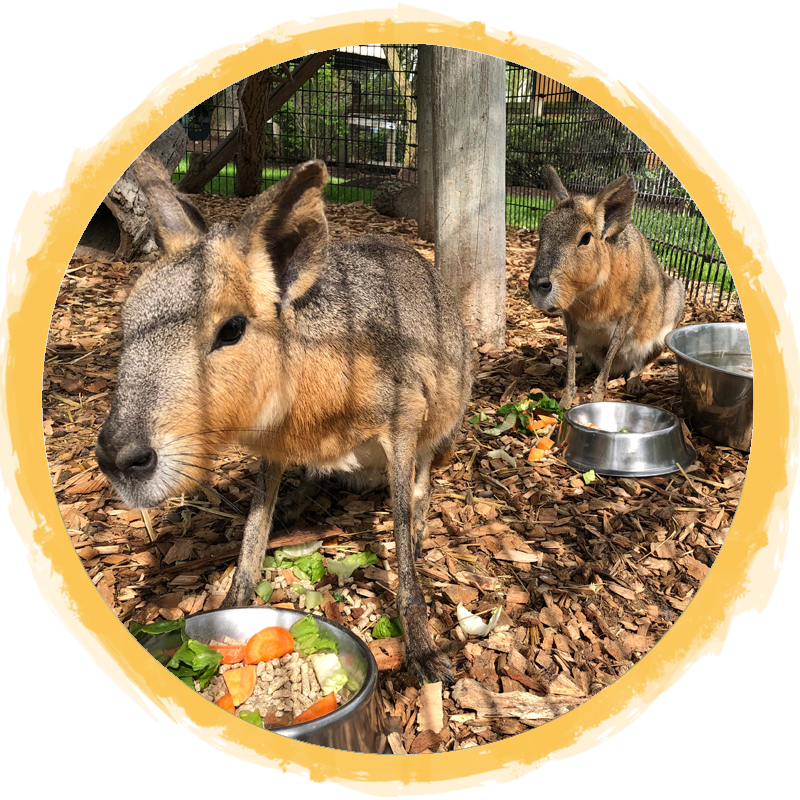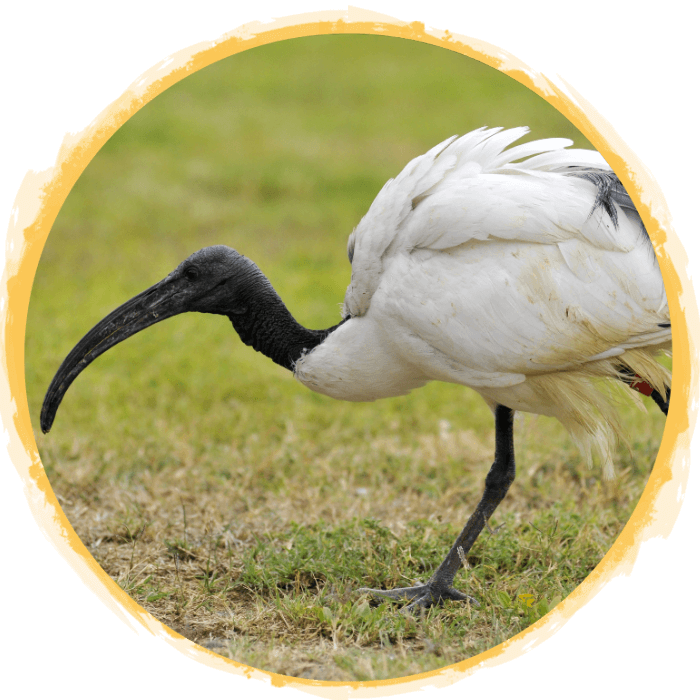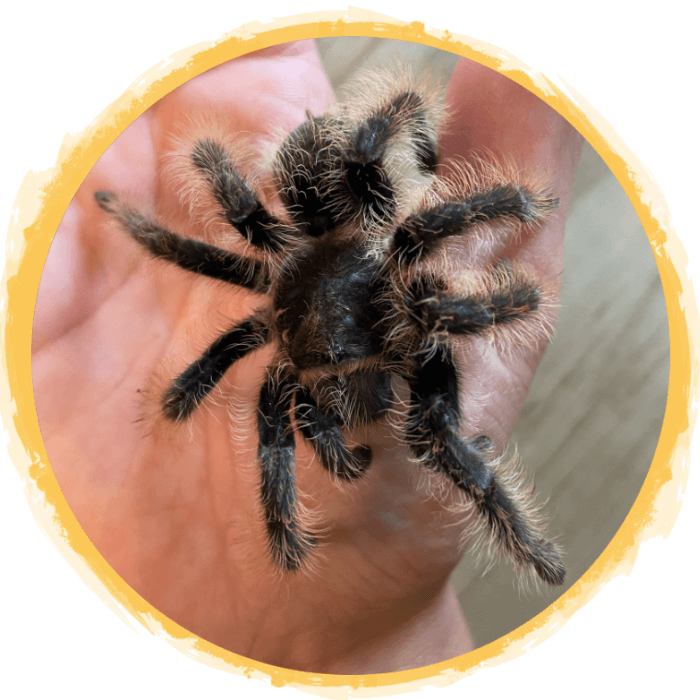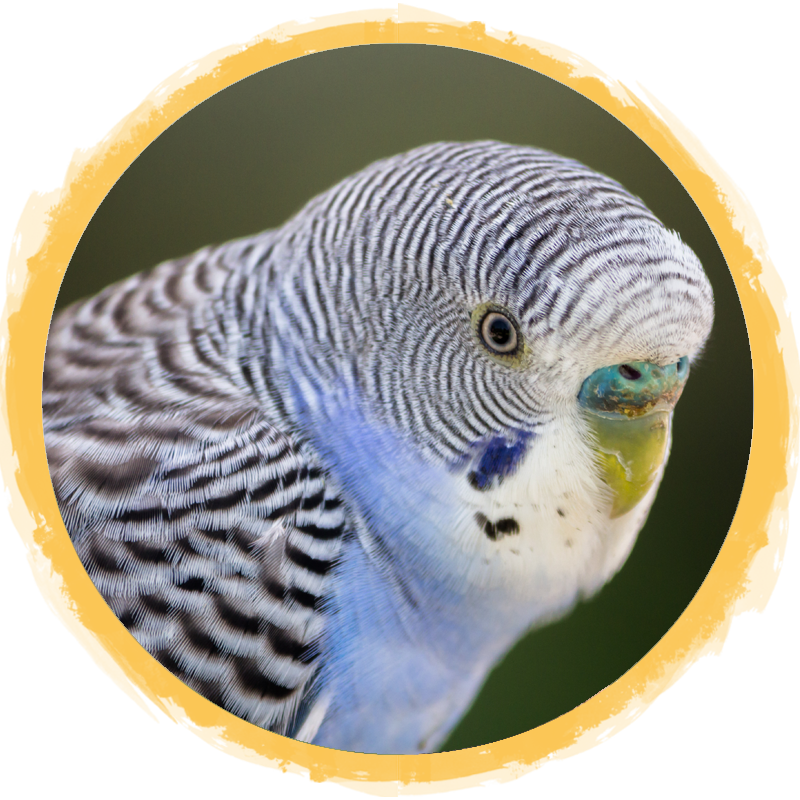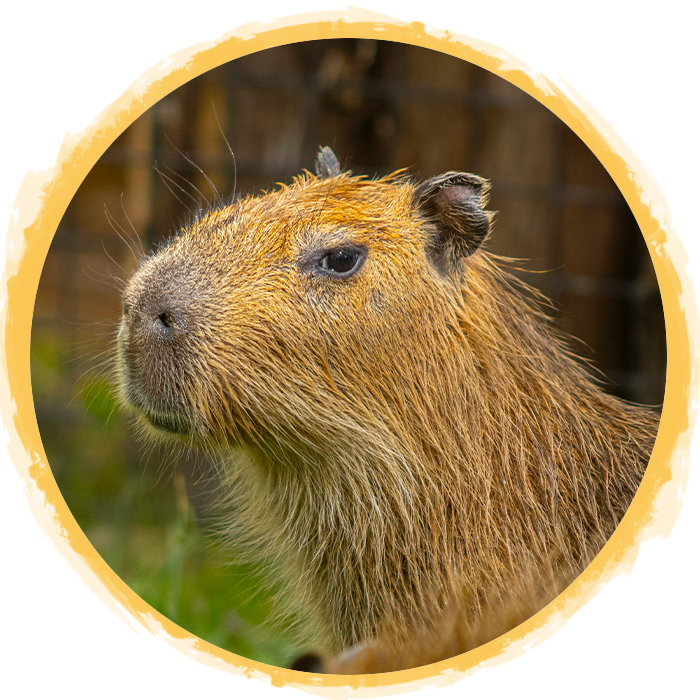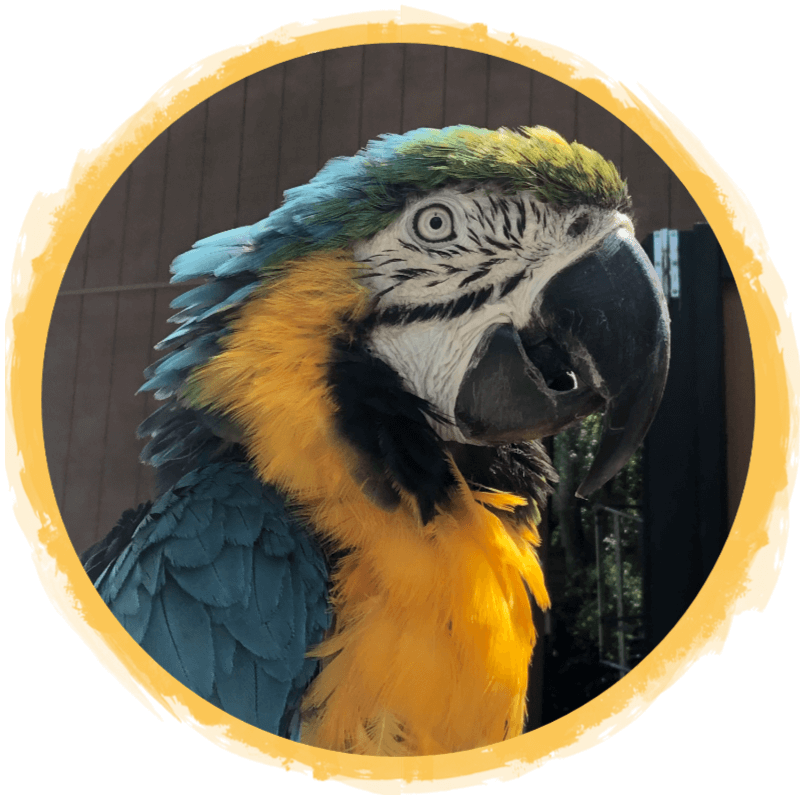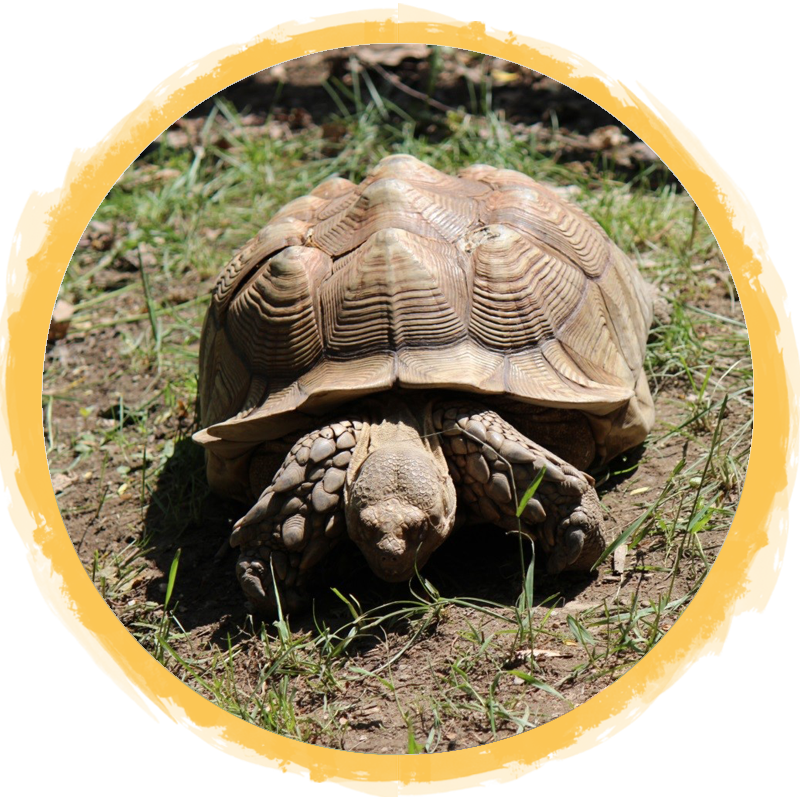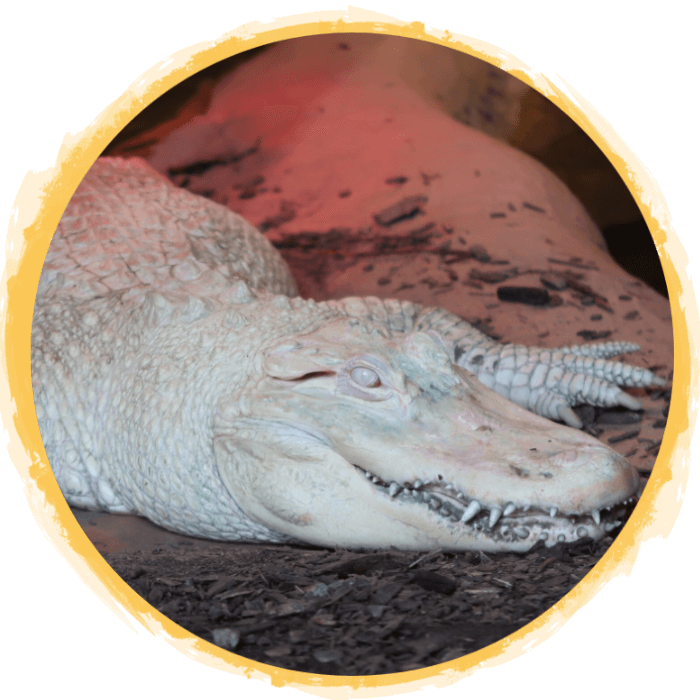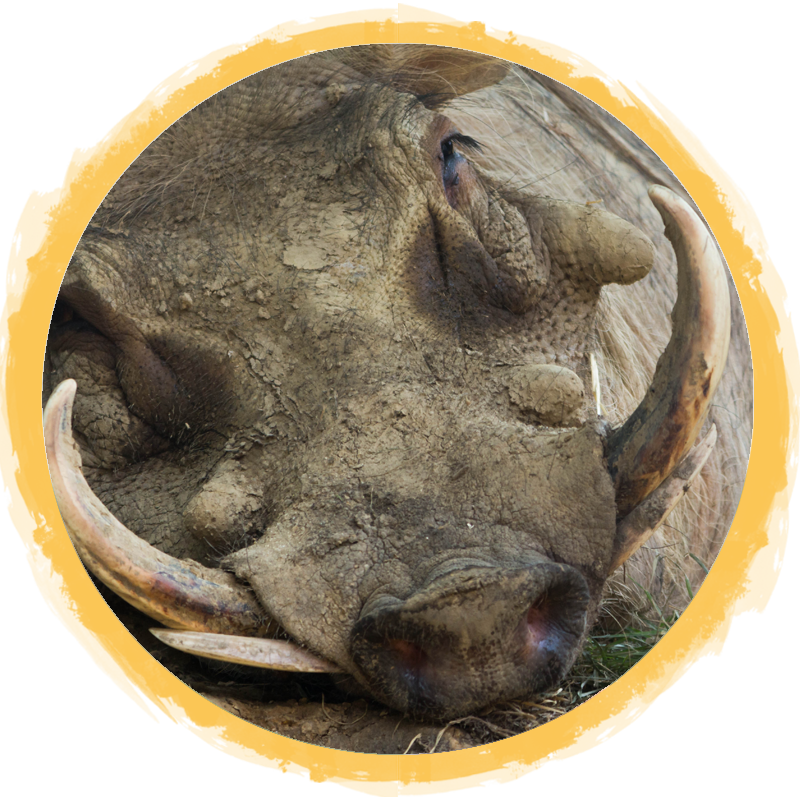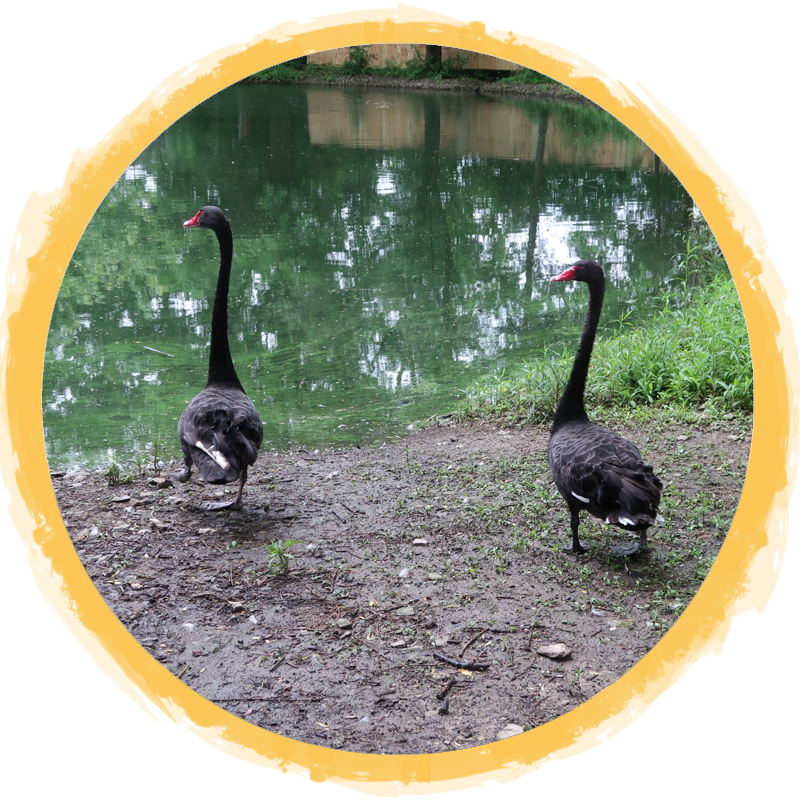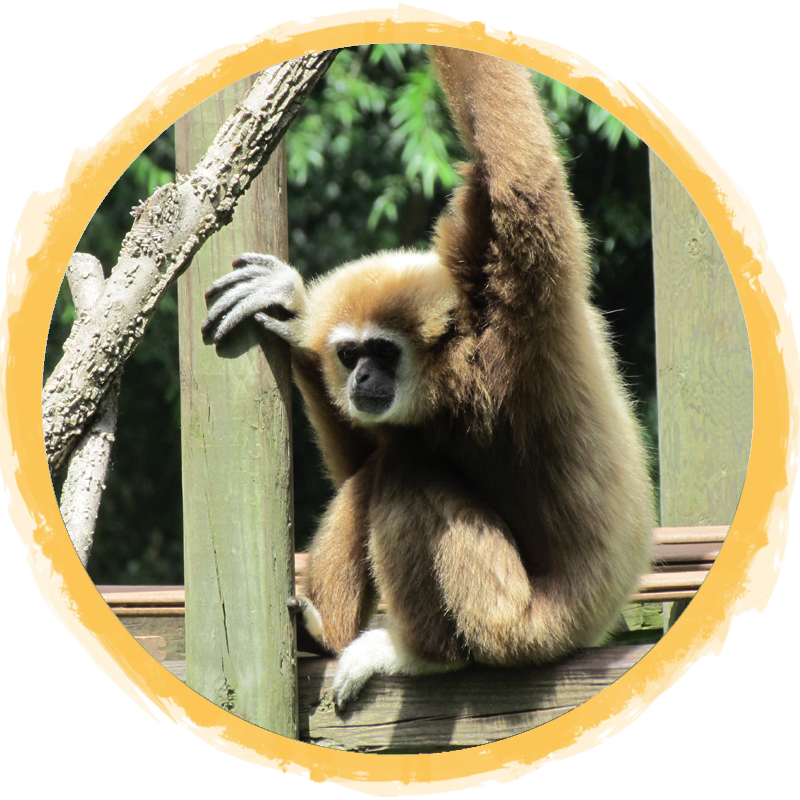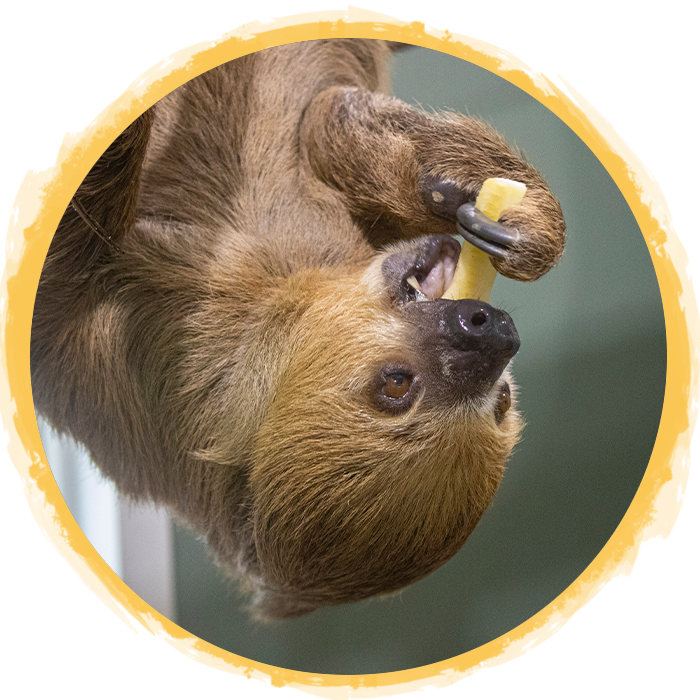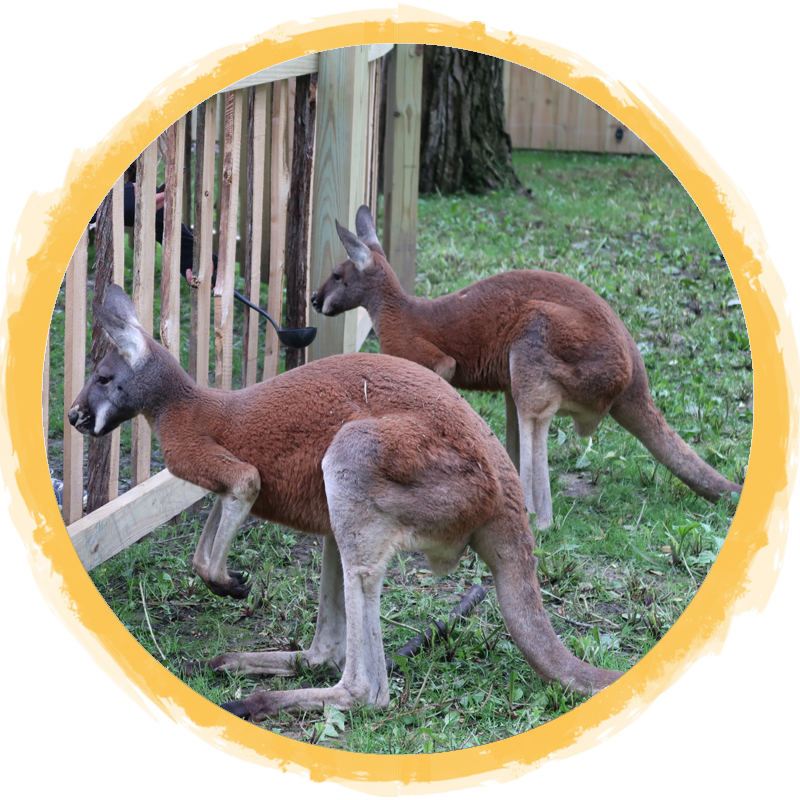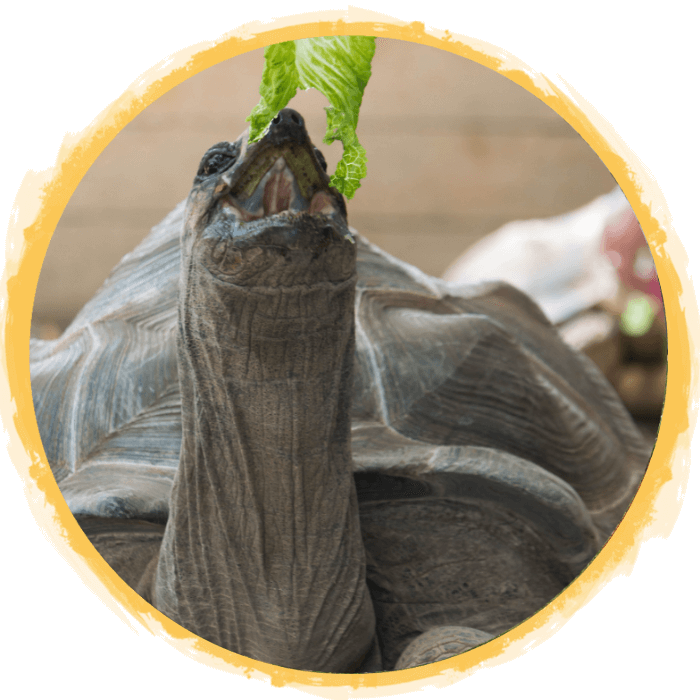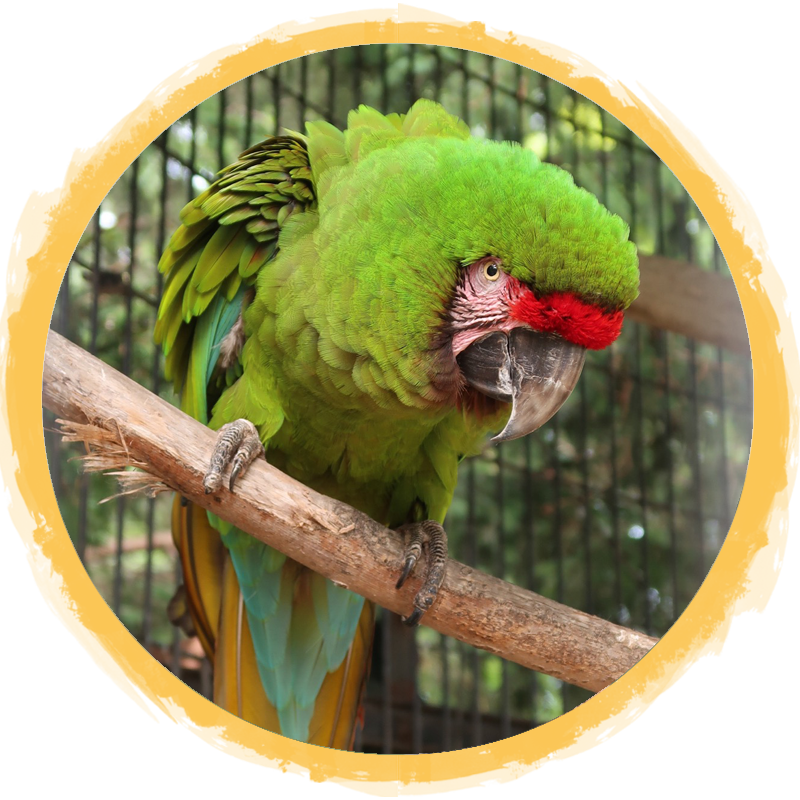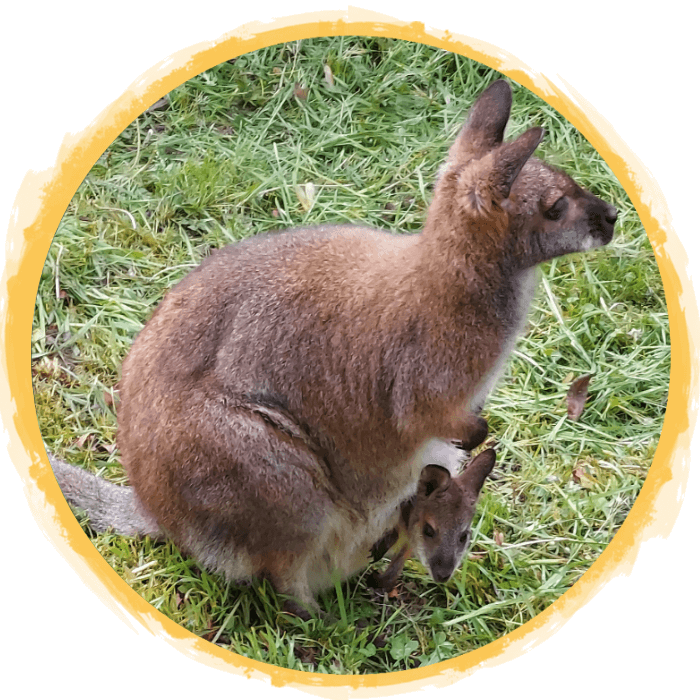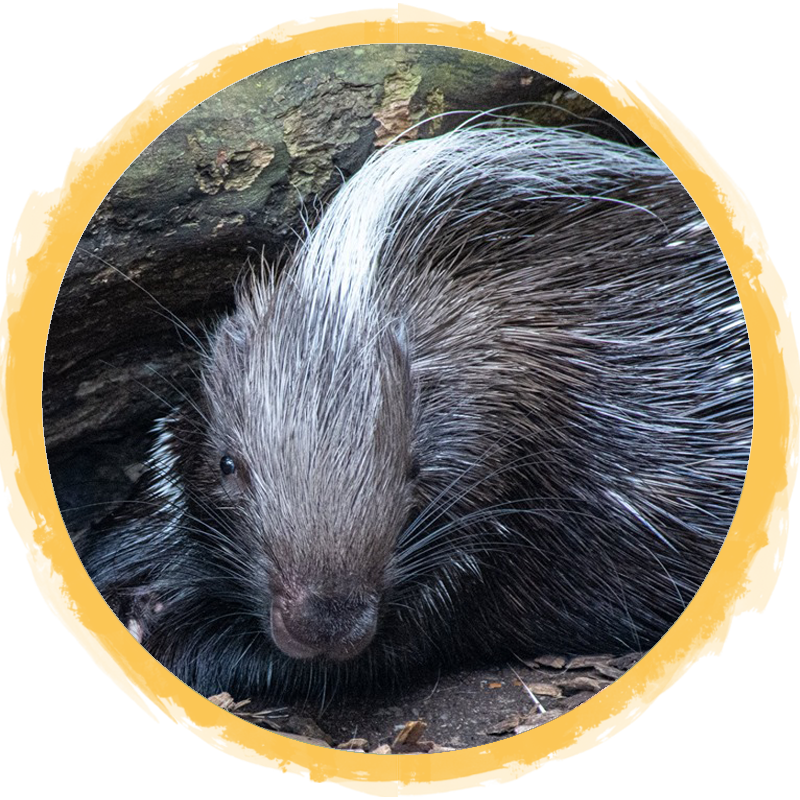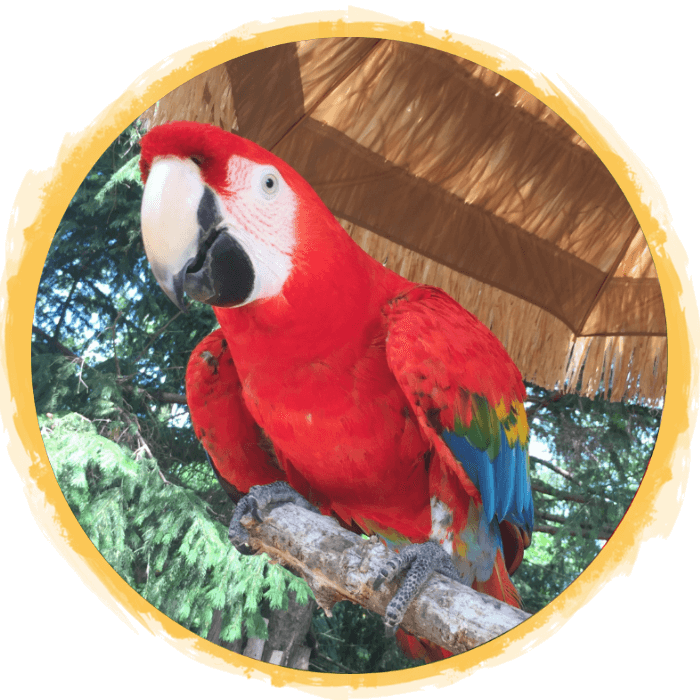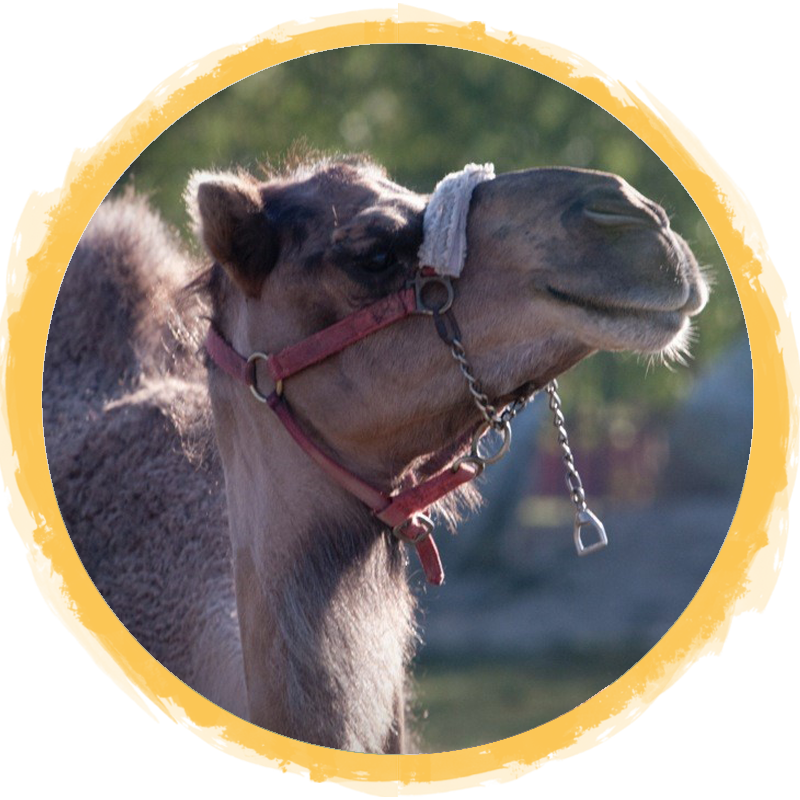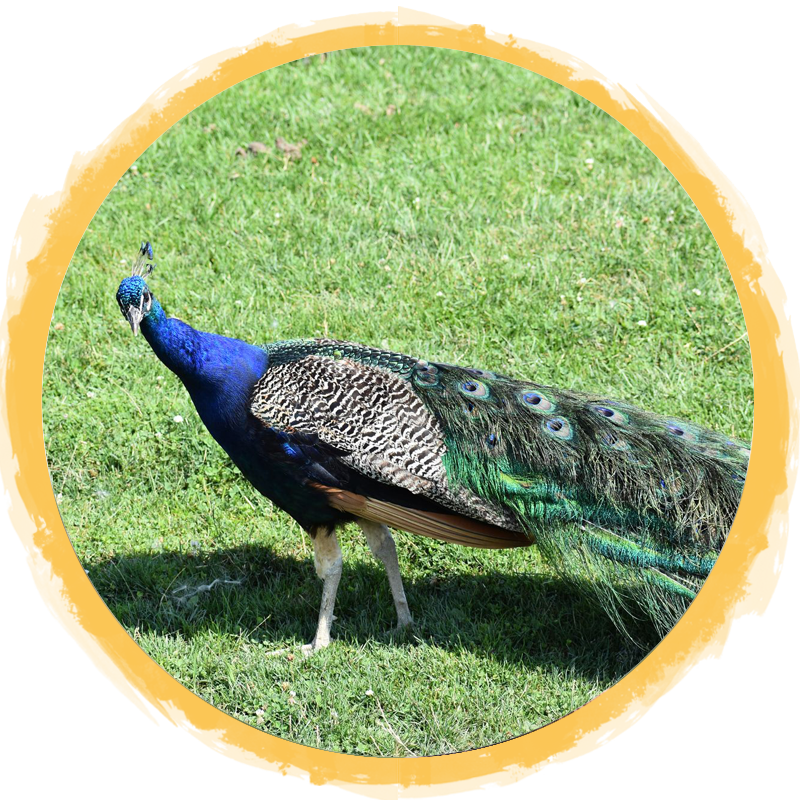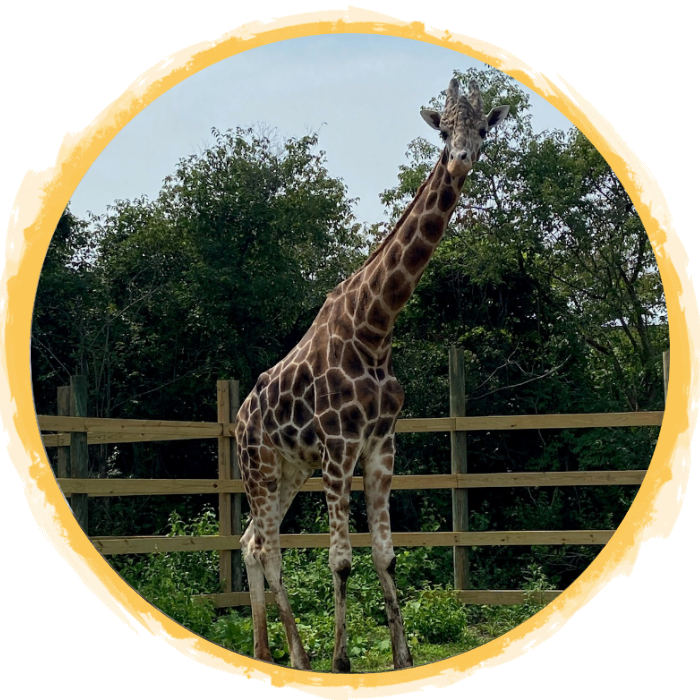(Lemur catta)
Like all Lemur species, Ring-tailed lemurs can be found in only one place on Earth – Madagascar! This is called being “endemic”. On the island of Madagascar, they can be found living in the southern-most regions in scrub land and sparse forests alongside rivers. Ring-tailed lemurs are the most terrestrial of all the living lemur species and can frequently be seen sunbathing – sitting with their bellies facing the sun with their arms and legs stretched out!
Lemurs are considered to be the world’s most endangered group of mammals, with there being over 100 different lemur species existing today.
The Ring-tailed lemur is the most recognized lemur because of its long, black and white “ringed” tail. This tail is not prehensile, meaning it cannot grasp or wrap around a branch like a spider monkey can. Ring-tailed lemurs are highly social, living in groups of up to 30 individuals with females being the most dominant in the group. These lemurs rely strongly on their sense of smell and they mark their territory with scent glands found under their chests and arms – males will even participate in “stink fights” by marking their tail with their scent and wafting it towards their opponent!
The name lemur is from the Latin word lemurs, meaning “spirits of the dead”. This name was chosen because of lemur’s silent movement.
The Ring-tail Lemurs of African Safari Wildlife Park
Our three Male Ring-tails can be found on Lemur Island across from the Gift Shop. They are:
- Fat Guy (31 years old)
- Josh (28 years old)
- Oliver (26 years old)
Fast Facts
Country of Origin: Madagascar
Weight: Up to 5.0 lbs
Size: Head to Body length up to 18 in, Tail length up to 25 in
Lifespan: Up to 16 years in the wild, 20+ years in captivity
Diet: Ring-tailed lemurs are opportunistic omnivores so their diet varies with what is available. Diet consists mainly of leaves, fruit, bark, sap, insects, and small vertebrates.

